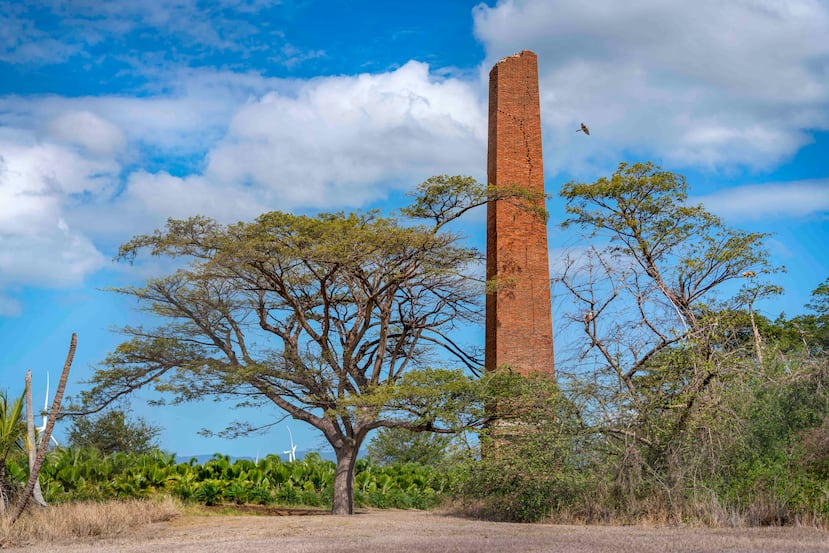
We are part of The Trust Project
The charms of Santa Isabel
This beautiful town on the southern coast is preparing to celebrate its 180th anniversary next year
Archival note
This content was published more than 1 year ago.
April 24, 2024 - 11:00 PM

Lee la historia en español aquí.
Las noticias explicadas de forma sencilla y directa para entender lo más importante del día.


Te invitamos a descargar cualquiera de estos navegadores para ver nuestras noticias: